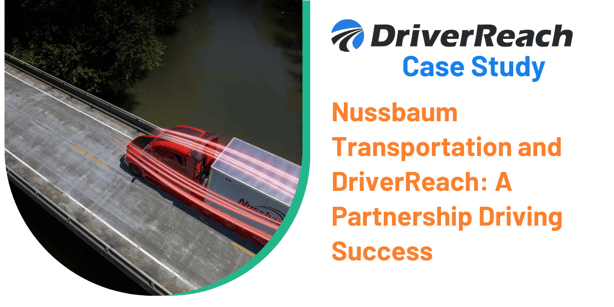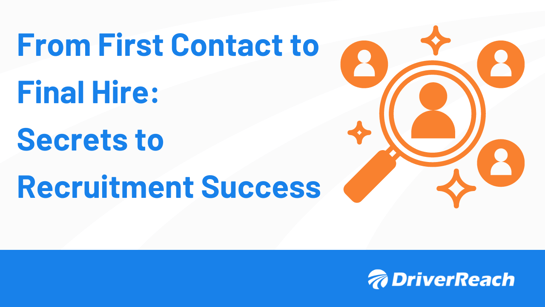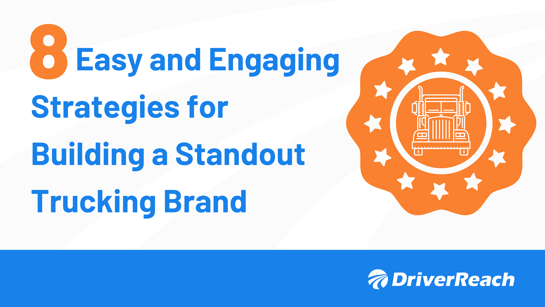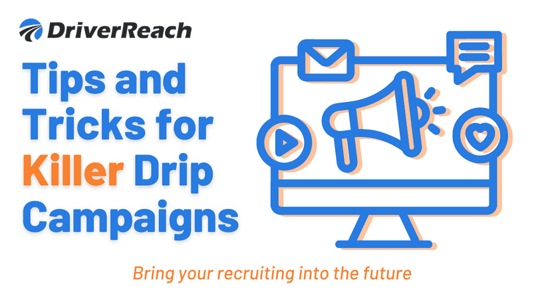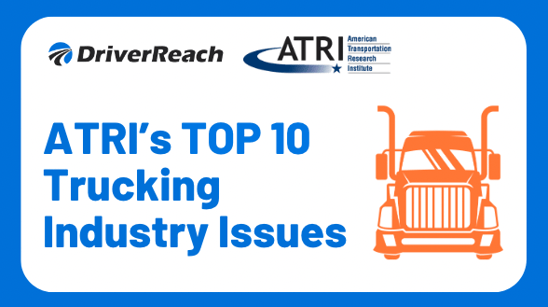Did you have a chance to attend our recent “Dynamic Driver Onboarding™” webinar? We received more questions than we had time to answer in the allotted time, so our guest presenter, Doug Grawe, CEO of the Grawe Group, answered them below in this Q&A-style blog post.
If you weren’t able to join the webinar live, don’t worry – you can watch it on-demand anytime!
Question: Do you have any examples of things drivers have said that stand out as red flags?
Answer: I have heard drivers make off-handed comments about a passenger, and once a driver mentioned their passenger drove the truck. In these examples, the driver did not complete passenger authorization forms with the carrier and had not put the driving passenger through the carrier’s safety qualification process. I have also heard drivers make comments that gave us serious concerns about their mental health (e.g., threats of violence, including violence to themselves).
With owner-operators, I have also heard drivers talk about their fueling practices that showed they did not understand how to take advantage of the fuel discounts and fuel surcharge available. While not a safety red flag, those types of comments showed us that if we didn’t do some serious business coaching soon, we would have turnover with that owner-operator.
Question: Is there any need to compensate drivers for work done before orientation?
Answer: It depends on when the driver is “hired.” A variety of factors determine when a driver is hired, but generally, no — compensation is not owed before pre-orientation unless you are benefiting from that work.
For example, if you had a recruit pick up an empty trailer on the way to orientation and drop it at your yard, that is for your benefit and you must pay for it. On the other hand, if you ask the driver to complete paperwork, get a physical, get a background check done, etc. and the driver has not been hired yet, then no, you should not have to pay them.
Question: What tools do you use to ensure the post-onboarding plan/schedule/calendar is followed and executed?
Answer: I see different carriers use different tools. Some use:
- Their recruiting platform (e.g., DriverReach)
- A Transportation management system (TMS)
- An online task management tool (like Monday.com)
- Quizzes along the way to test the driver’s knowledge and retention.
- Ride alongs
- Spreadsheets
For me, I like using some kind of technology that can remind you of checkpoints in the onboarding process, and that lets you insert short notes about onboarding interactions (e.g., “good check in with Ray today. He had questions about lane keep tech, and we discussed. He likes the freight we have been offering.”)
And do not be afraid to do some auditing/spot-checking. For example, if the system notes said a dispatcher had a check-in call with the driver and discussed lane keep tech, call the driver yourself and follow up. If people know you are keeping an eye on this, and you prioritize this stuff, it will get done.
Question: How do we need to prove to drivers that what we offer they will get on their checks?
Answer: First, look at the layout of your pay stubs and settlement statements or other written/electronic communication channels. If you pay $100 for a clean inspection, separate that $100 into its own line item, bold the font, or send a separate note to them congratulating them on the clean inspection and telling them when it will be on a settlement/pay stub. Making phone calls congratulating drivers and letting them know about extra pay (e.g., qualifying for a monthly bonus) is huge. Verbal messages are great for that personal touch to show you care. Alternatively, written notes are great for making sure the message gets to the house.
Question: Do you think you could overload a new driver with too many calls?
Answer: Yes, you can. You can combat that in two ways.
First, start small. Do not try to jump from a three-day in-person orientation to a six-month onboarding with ten follow-up phone calls. Start by adding a follow-up call or two, or maybe one in-person follow-up. Once you have that down, add more.
Second, listen to the driver and be flexible. Everyone is different. Focus on the outcomes you need from the onboarding process. You want the driver to be safe, professional, legal, ethical, on time, and engaged in your culture. For some drivers, you may get all that pretty early on. For others, it may take more follow-up.
Always keep some amount of follow-up, but be willing to cut a check-in or two, or use follow-up channels other than phone calls, so long as (a) the driver has met your desired outcomes, (b) the driver has an outlet to let you know how they are doing, and (c) you still have a way of checking in on how the driver is doing from time to time.
Put another way, think of it as making sure you have a way to look after the driver, not over the driver.
Stay tuned for more upcoming webinars, as well as other important recruiting and retention related topics from DriverReach's blog.


